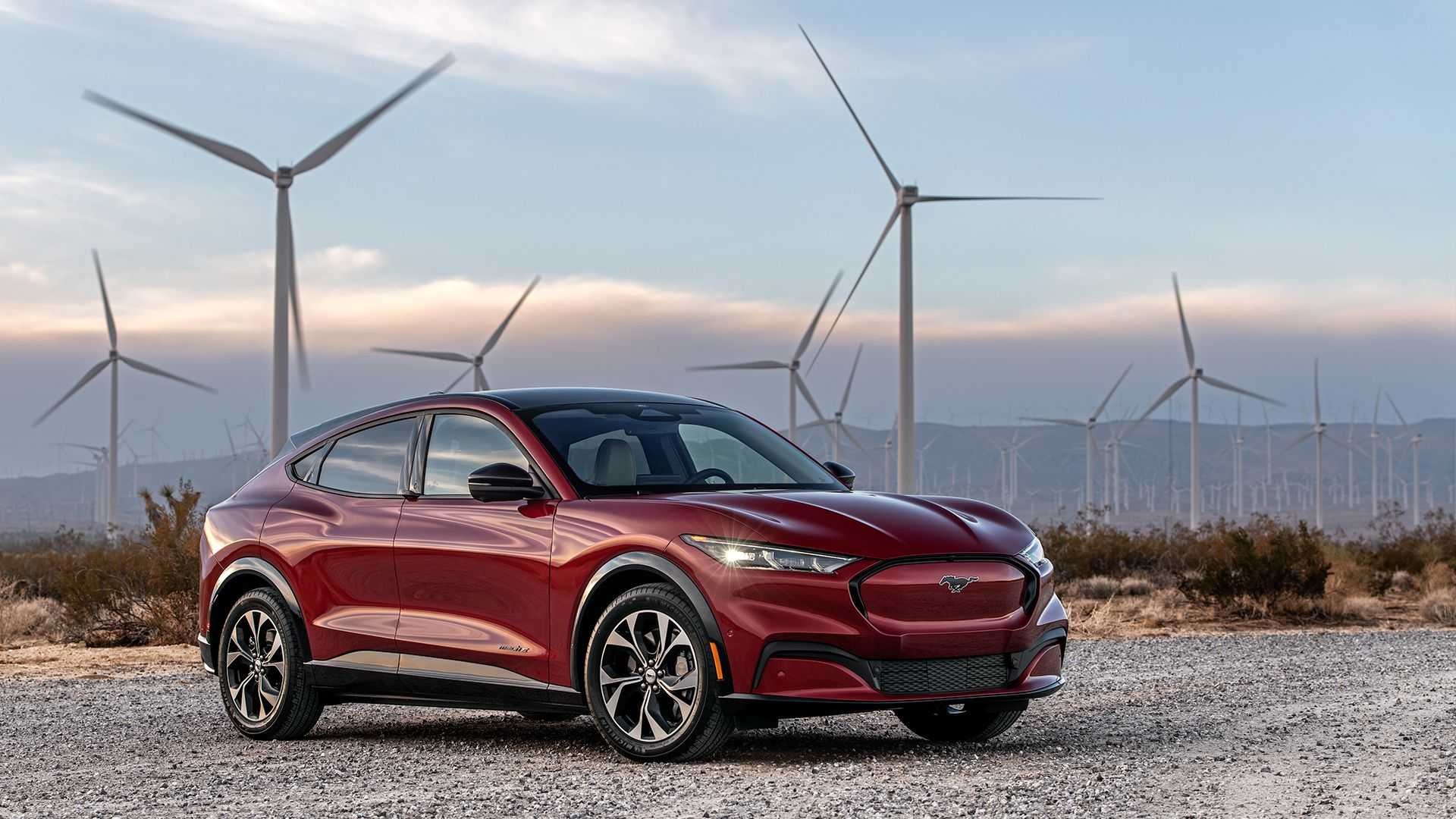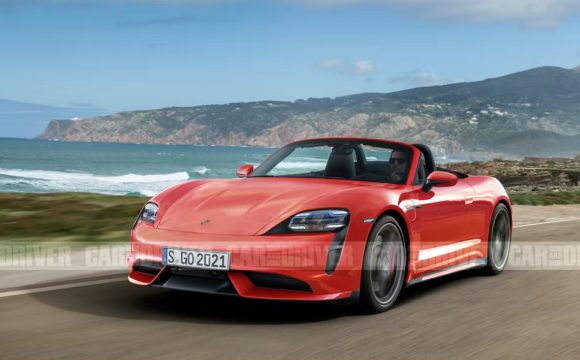The declining trend in new car purchases among Americans poses a significant challenge for efforts to combat climate change. Recent statistics indicate a considerable drop in retail sales, raising concerns about the pace at which gasoline-powered vehicles can be replaced with electric alternatives. This article examines the current state of new car sales in the U.S., the implications for the environment, and the broader impact on sustainability efforts.
The Decline in New Car Sales
Falling Sales Numbers
In 2021, retail sales of new cars in the United States decreased by 8.8%, totaling 14.6 million vehicles. This downward trend continued into 2022, with sales dropping to 13.9 million vehicles. Such statistics reflect not only changing consumer behaviors but also market dynamics influenced by supply chain issues, economic factors, and evolving preferences among buyers.
Aging Vehicle Fleet
For the past six years, the average age of vehicles on American roads has been steadily increasing. The COVID-19 pandemic significantly contributed to this trend, as many consumers opted to hold onto their older cars longer. This aging fleet consists primarily of gasoline-powered vehicles that emit higher levels of pollutants than newer models, which contain advanced technologies designed to reduce emissions.
Implications for Climate Change
Challenges in Transitioning to Electric Vehicles
With over a quarter-billion gasoline-powered vehicles currently on U.S. roads, the transition to electric vehicles (EVs) faces daunting challenges. Even if all cars sold in the future were electric, it would take approximately ten years to replace half of the existing fleet of gas-powered vehicles. This slow turnover rate raises critical questions about achieving climate goals and reducing greenhouse gas emissions effectively.
Emission Concerns with Older Vehicles
The rise in the average age of vehicles on the road is concerning for environmental advocates. According to automotive experts, cars manufactured 12.5 years ago produce significantly more emissions than modern vehicles equipped with the latest technological advancements. Therefore, simply relying on the gradual phasing out of older vehicles will not suffice to meet ambitious climate targets.
Market Trends and Consumer Behavior
Factors Influencing Purchasing Decisions
Several factors contribute to the decline in new car sales. Economic uncertainty, rising interest rates, and persistent inflation may deter consumers from making large purchases. Additionally, the post-pandemic shift has led to changes in consumer behavior, with some individuals opting for alternative modes of transportation or delaying new vehicle purchases altogether.
The Role of EV Adoption
Despite the overall decline in new car sales, interest in electric vehicles continues to grow. Factors such as increasing environmental awareness, technological advancements, and incentives provided by manufacturers and governments are encouraging consumers to consider EVs. Nevertheless, without a significant boost in new car sales, the transition to sustainable transportation will remain sluggish.
Conclusion: The Road Ahead
The drop in new car purchases presents serious implications for climate change efforts and the transition to electric vehicles. As the U.S. grapples with an aging fleet of gasoline-powered cars, action is needed to accelerate the adoption of more sustainable vehicles and reduce overall emissions.







